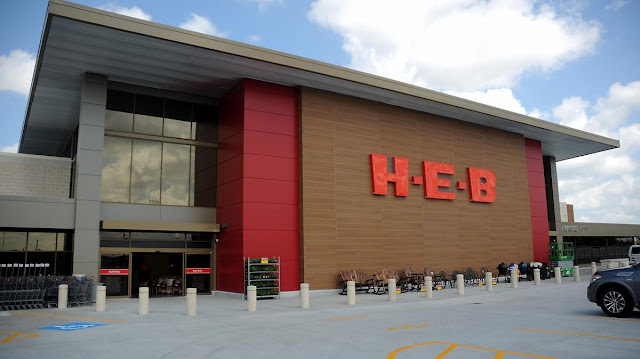Computer Network
A computer network is a collection of two or more computers that are connected together so that they can share resources and communicate with each other.
The resources that can be shared on a computer network include:
Files
Printers
Scanners
Storage devices
Internet access
Applications
Computer networks can be classified into different types based on their size, geographic scope, and purpose.
Here are some of the most common types of computer networks:
Personal area network (PAN): A PAN is a small network that connects devices within close proximity to each other, such as a laptop, smartphone, and printer.
Local area network (LAN): A LAN is a network that connects computers within a single building or campus.
Metropolitan area network (MAN): A MAN is a network that connects computers within a city or metropolitan area.
Wide area network (WAN): A WAN is a network that connects computers over a large geographic area, such as a country or continent.
Internet: The Internet is the largest WAN in the world. It connects billions of computers around the globe.
The components of a computer network include:
Devices: The devices that are connected to the network, such as computers, printers, and routers.
Media: The physical medium that carries the data between the devices, such as cables, fiber optic lines, and wireless signals.
Protocols: The rules and standards that govern how the devices communicate with each other.
The benefits of using a computer network include:
Sharing resources: Computer networks allow users to share resources such as files, printers, and storage devices. This can save money and improve efficiency.
Communication: Computer networks allow users to communicate with each other, regardless of their location. This can be done through email, instant messaging, and video conferencing.
Collaboration: Computer networks allow users to collaborate on projects, regardless of their physical location. This can be done through shared documents, online whiteboards, and other collaboration tools.
Access to information: Computer networks provide access to a vast amount of information, such as news, research, and educational resources.
Entertainment: Computer networks can be used to access entertainment options such as movies, music, and games.
The challenges of using a computer network include:
Security: Computer networks are vulnerable to cyberattacks. This can lead to data breaches, identity theft, and other problems.
Complexity: Computer networks can be complex to manage and maintain.
Cost: Computer networks can be expensive to set up and maintain.
Bandwidth: Computer networks can be limited by bandwidth, which can affect the performance of the network.
Overall, computer networks are a powerful tool that can be used to improve communication, collaboration, and productivity. However, it is important to be aware of the risks and challenges of using computer networks.




Comments
Post a Comment